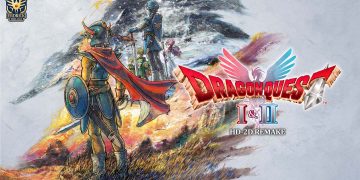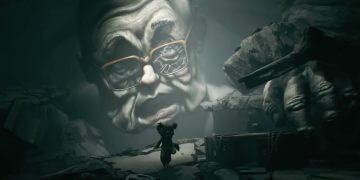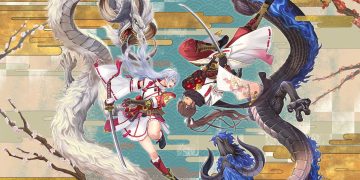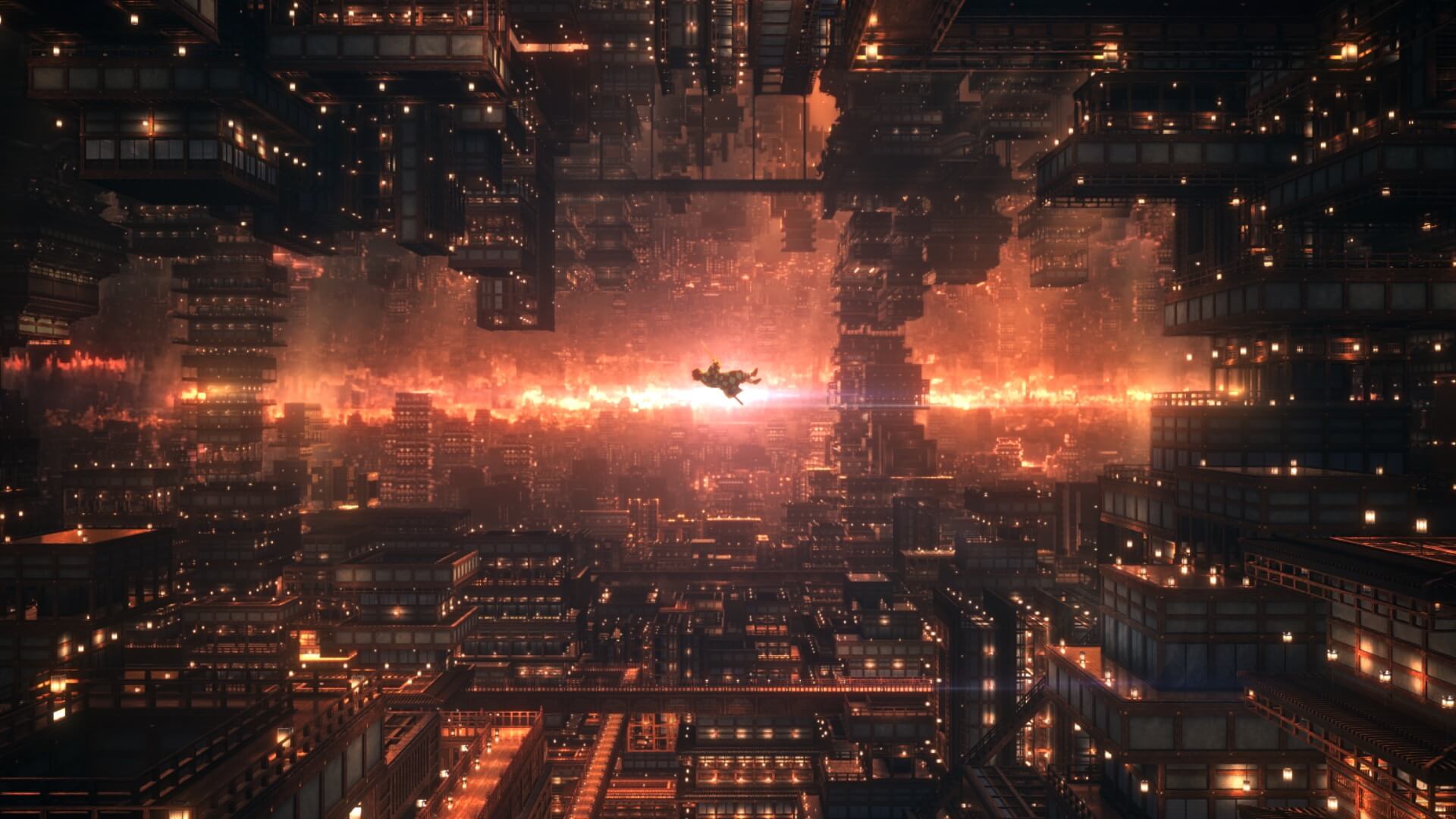Atelier Yumia: The Alchemist of Memories & the Envisioned Land is the latest entry in the long-running Atelier series, introducing fresh changes to its characters, narrative, and lore. It presents a unique take on alchemy, shifting it from a respected discipline to a forbidden and shunned practice. The game also introduces several intriguing concepts, from its expansive world-building to the mysteries surrounding its history. However, despite these promising ideas, the execution falls short, making it difficult for the player to fully engage with the story and mechanics.
Set in a world where the Aladissian Empire once flourished through alchemy, the game explores its downfall following a catastrophic event believed to have been caused by the very craft that once sustained it. Centuries later, alchemy is outlawed and considered taboo. The story follows Yumia Reisfelt, a young alchemist ostracized for her passion. After losing her mother in a tragic accident three years prior, Yumia learns of her family’s deep ties to alchemy and resolves to follow in her mother’s footsteps. This decision leads her on a quest to uncover the truth behind the fall of Aladis, the mystery surrounding her mother’s death, and the reasons behind alchemy’s condemnation. Along the way, she allies with the Aladis Research Team, whose members each have their own personal motivations, further adding layers to the overarching mystery.

A Unique Narrative In a Different World
Atelier Yumia’s story offers players an alternate world quite different from previous games. Alchemists aren’t beloved or considered helpful individuals but are shunned for using a forbidden craft. Alchemy’s origins are also different and tied to a past civilization, and the nature of Mana and how alchemy operates are also different. While these new concepts are interesting and unique, they’re not presented or executed in an entertaining way. The plot boils down to Yumia and her friends traveling across the continent discovering the origins of alchemy and Aladis, but not much comes from it, nor are the discoveries that exciting.
Each mission basically involves Yumia’s group moving from one location to the next, clearing up dense miasma-like Manabounds that restrict movement, and helping people with their discoveries. The only exciting moments of the narrative are when players encounter the game’s few bosses, who are all interesting and have their own mysteries to discover. The characters, including Yumia, while endearing in their own ways, are also quite bland and lack depth. And while not overly tropey, they stick to the same basic character tropes seen in anime and JRPGs.

Fun but Flawed Gameplay
In terms of gameplay, Atelier Yumia is quite a mixed bag. The game includes some new features that are both highly convenient and fun, but some that are almost the complete opposite. For example, the new Simple Synthesis feature allows players to craft things on the field and on the fly, like bandages, camping kits for resting, zip line gloves, and more. These are highly convenient and make exploring less monotonous and tedious. However, the new Energy system is a prime example of an inconvenient and often annoying new element. Yumia has an energy vial that allows her to do basically everything from sprinting to dispelling Manabounds. However, energy runs out quite quickly, especially when traversing Manabound areas, and large jumps, a core part of traversal, becomes impossible until players find structures or plants that refill their Energy vial. While this system isn’t always annoying, it does feel like it was needlessly tacked on to make exploring unnecessarily more tedious in hopes of being more challenging.
Speaking of tedious elements, some of the worst elements of Atelier Yumia are navigation and traversal. Moving across the map is downright torture, as it involves trying to navigate where to go, what structure is climbable and how, whether or not you need to climb things, and how the dynamic weather system heavily affects the visibility at night, which is already quite low. What’s worse is if your energy is completely depleted when navigating confusing flora and forests, and you can’t jump or run, which makes movement miserable.
The most glaring issue with Atelier Yumia on PC is its poor performance, particularly on the Steam Deck. While I didn’t encounter any crashes or major glitches, the frame rate is consistently dreadful, significantly impacting the gameplay experience. Exploring levels is plagued by frequent and severe drops, especially in the game’s opening area and densely populated regions filled with flora and monsters. Even combat isn’t spared from these technical issues, though the frame rate dips occur less frequently than during exploration. These performance problems make traversal frustrating and detract from the overall immersion.

Your Combat Will Lack Depth
Other than that, the Synthesis system is mostly similar to modern games like Atelier Ryza. Players collect ingredients as they roam the world and head back to Yumia’s atelier to craft items and gear. You use particles collected during exploration to add more traits such as special effects and elemental bonuses, upgrade already-made items, and learn new useful recipes. The system is notably much faster and streamlined due to the auto craft system and how fast and easy it is to find and use materials. Overall, the crafting system is perhaps the best the series has been in a while.
In terms of combat, fighting enemies and bosses is fun and feels seamless but the combat system notably lacks depth. Each character in Yumia’s party has a handful of skills they can use in combat. However, these skills are limited and get repetitive quickly, and new skills get unlocked very slowly, which is disappointing. Players can also craft elemental combat tools like frost axes or a flamberge, but these tools don’t do much damage compared to regular skills.
As combat is turn-based and characters have few special skills outside linked attacks, fighting enemies in Atelier Yumia is overly simple and gets boring quickly. However, fighting bosses is always fun as players must strategize with their options and find ways to combine them all during these rare, challenging moments.

Final Thoughts
Despite its flaws, Atelier Yumia does have redeeming qualities, particularly in its crafting system and visual presentation. The synthesis mechanics remain one of the most refined aspects of the game, making item creation both efficient and rewarding. The world itself is beautifully crafted, with rich environments and detailed character designs that showcase the series’ signature charm. The facial animations and expressions are notably well-done, adding life to interactions. Additionally, the game features one of the strongest soundtracks in the series, further immersing players in its world. These elements elevate the experience, even when other aspects struggle to maintain engagement. Lastly, the game performs well on PS5 as I encountered zero bugs or crashes.
Unfortunately, these strengths are often overshadowed by frustrating gameplay mechanics and a lack of depth in combat and exploration. The energy system feels unnecessarily restrictive, making traversal more of a chore than an engaging feature. Combat, while initially enjoyable, quickly becomes repetitive due to the limited skill variety and slow progression of new abilities. While boss battles provide occasional excitement, they are few and far between, leaving much of the game feeling monotonous.
In the end, Atelier Yumia is a game filled with potential but hindered by design choices that detract from its overall enjoyment. While future updates could improve its performance and balance, as it stands, it remains a mixed experience that struggles to reach the heights of its predecessors.
The Review
Atelier Yumia: The Alchemist of Memories & the Envisioned Land
Atelier Yumia is a game filled with potential but hindered by design choices that detract from its overall enjoyment. While future updates could improve its performance and balance, as it stands, it remains a mixed experience that struggles to reach the heights of its predecessors.
PROS
- Great visuals
- Great soundtrack
CONS
- Awful performance
- Boring combat

























































